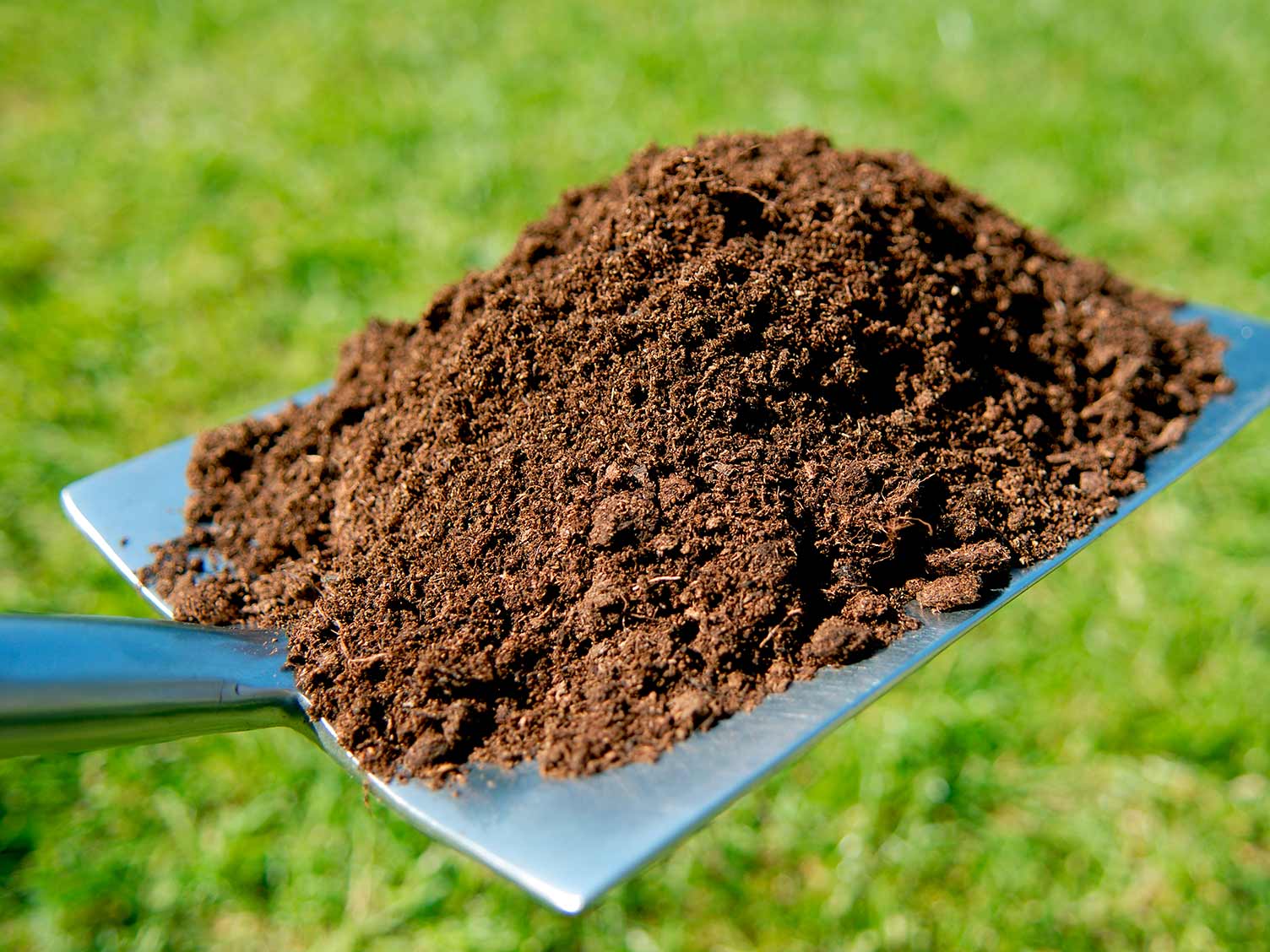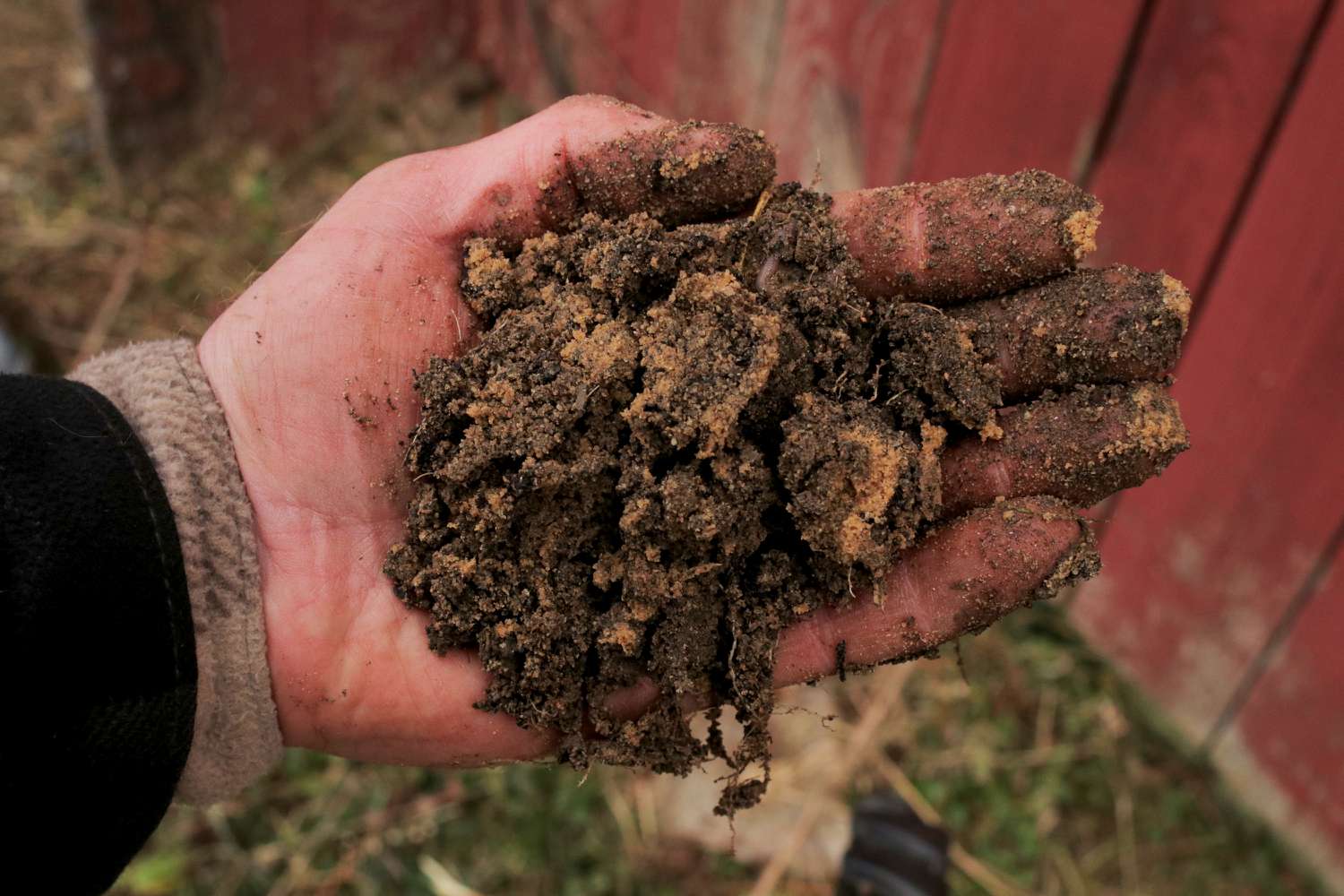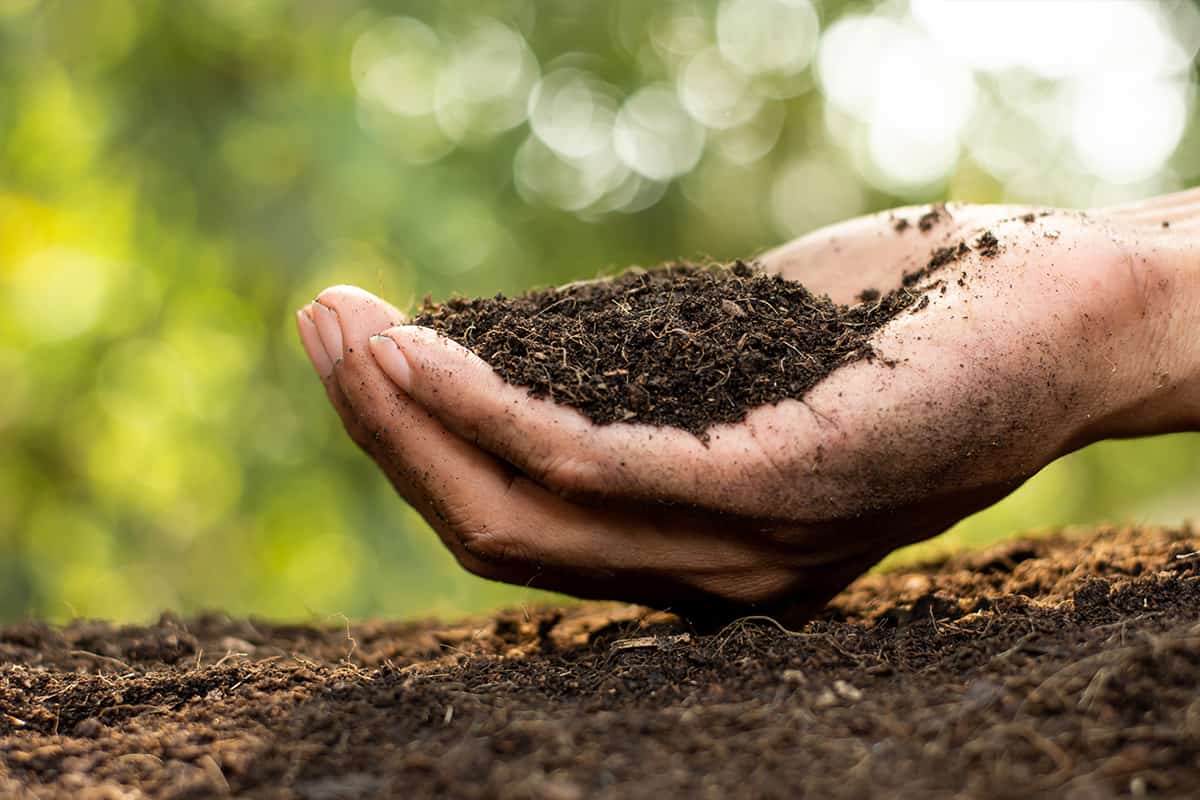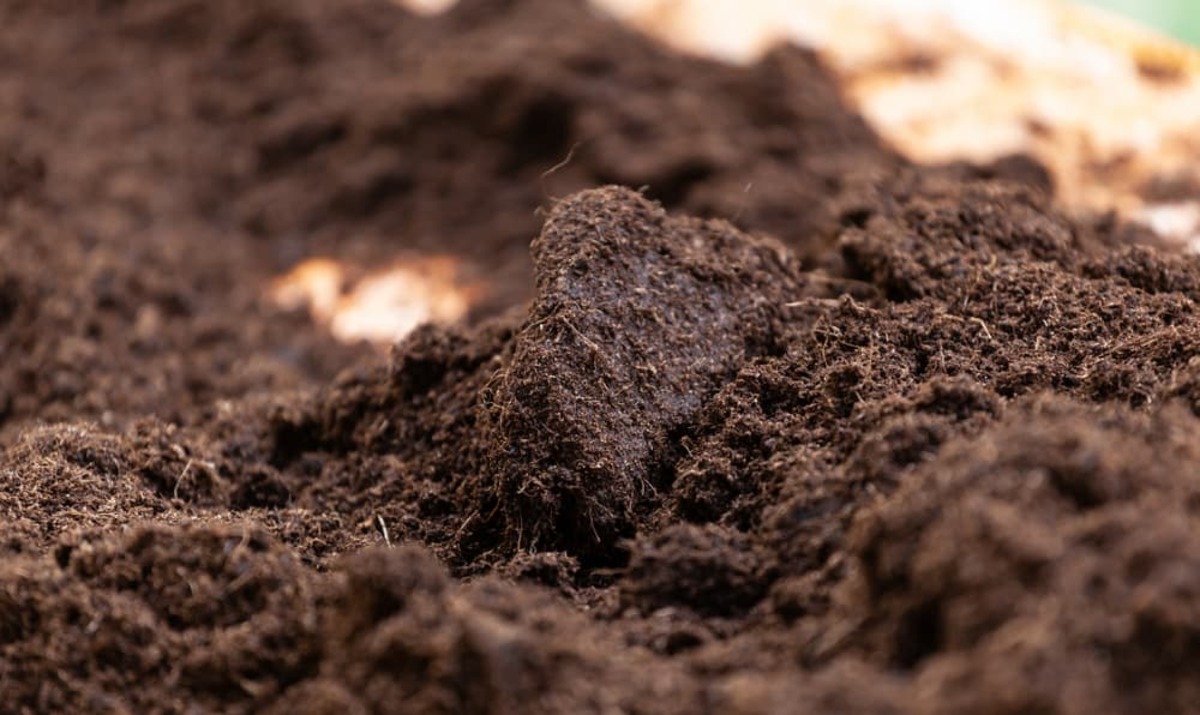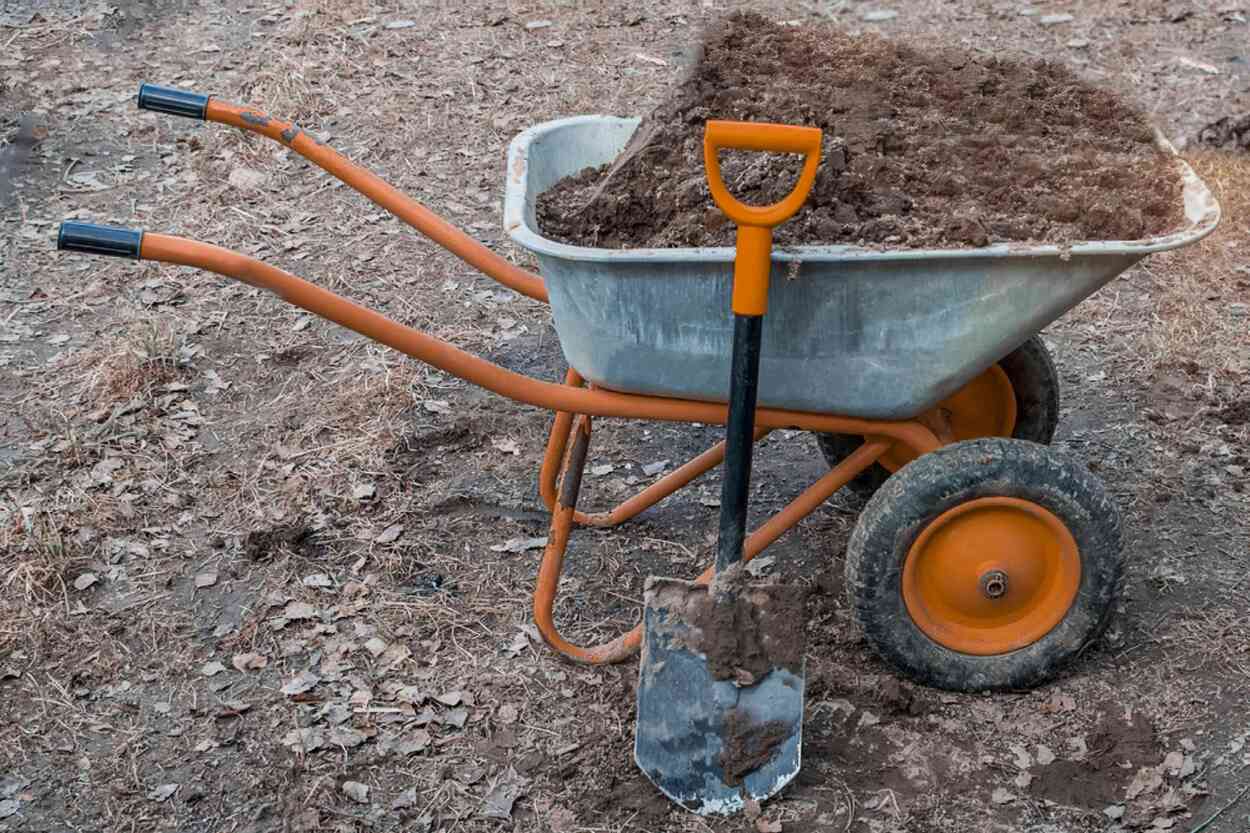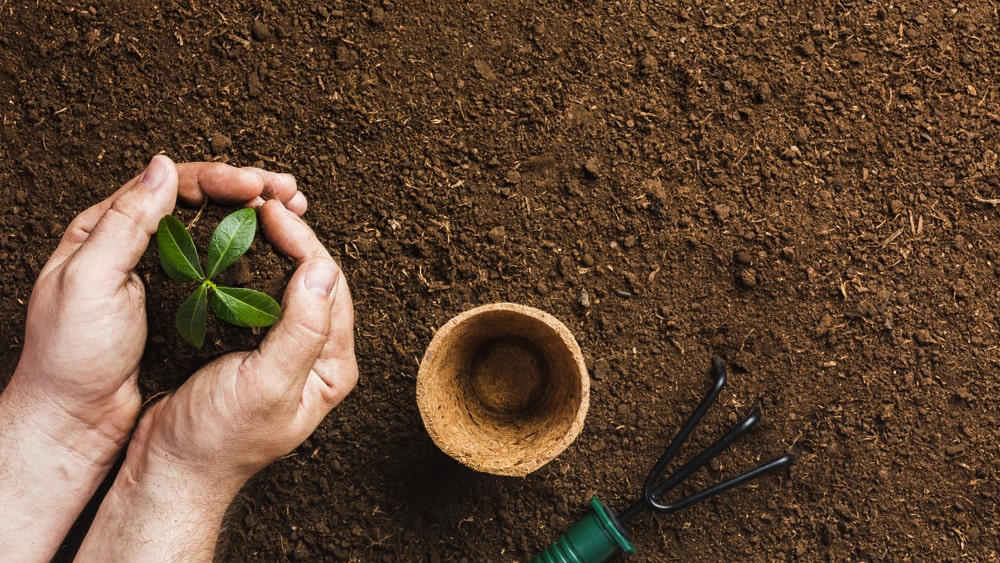Home>Gardening Basics>Understanding Soil>What Materials Combined To Form The Topsoil?
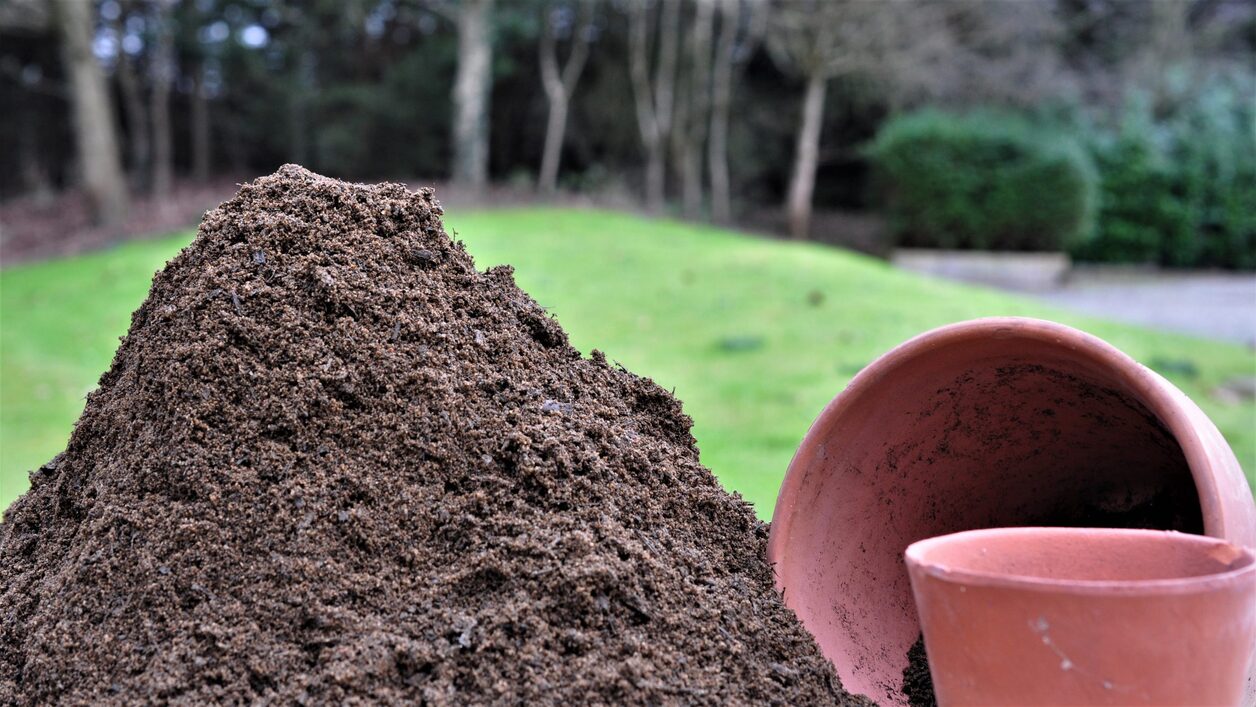

Understanding Soil
What Materials Combined To Form The Topsoil?
Published: November 22, 2023
Understanding soil and its composition is vital in gardening and agriculture. Discover the materials that combine to form nutrient-rich topsoil.
(Many of the links in this article redirect to a specific reviewed product. Your purchase of these products through affiliate links helps to generate commission for Chicagolandgardening.com, at no extra cost. Learn more)
Table of Contents
Introduction
Welcome to the world beneath our feet, where the magic of soil begins. Often overlooked and underestimated, soil is a vital resource that sustains life on Earth. It is the foundation upon which ecosystems thrive, providing essential nutrients and stability for plants to grow. One of the key components of soil is topsoil, which plays a crucial role in supporting plant growth and maintaining healthy ecosystems.
Topsoil, also known as the A horizon, is the uppermost layer of soil that sits on top of the subsoil. It is a dynamic and complex mixture of organic and inorganic materials that have been forming over thousands of years. The creation of topsoil is a result of various environmental processes and interactions, which give it its unique composition and characteristics.
In this article, we will delve into the fascinating world of topsoil and explore the different materials that combine to form this essential layer of soil. We will examine both the organic and inorganic components that contribute to the rich and diverse makeup of topsoil. Additionally, we will discuss the factors that influence its formation and composition.
So, come along as we dig deeper into the world of topsoil and uncover the intricate mix of materials that make it such a critical resource for plant life and ecological balance.
Definition of Topsoil
Topsoil is the uppermost layer of soil, typically ranging from a few inches to a foot or more in depth, that is crucial for sustaining plant life and supporting ecosystem health. It is often referred to as the A horizon and is characterized by its dark color and high fertility. The composition of topsoil varies depending on its location and the environmental factors that influence its formation.
Topsoil is rich in organic matter, such as decaying plant and animal material, microorganisms, and nutrients. It is in this layer that plant roots extend, drawing water and nutrients necessary for growth. Additionally, topsoil acts as a buffer against erosion, retaining moisture and protecting underlying layers of soil from being washed away. It also serves as a habitat for a diverse range of organisms, including bacteria, fungi, worms, insects, and small animals.
One of the defining characteristics of topsoil is its ability to retain moisture and promote good drainage. The structure and texture of topsoil play a key role in this property, allowing the soil to hold water while allowing excess water to drain away. This balance is crucial for healthy plant growth, as it ensures that plant roots have access to both water and oxygen.
Topsoil is a finite resource that forms over long periods of time through the weathering and breakdown of rocks, as well as the addition of organic matter from plant and animal sources. Human activities, such as deforestation, agriculture, and urban development, can cause the loss of topsoil through erosion and degradation. Therefore, it is important to understand the significance of topsoil and take measures to protect and conserve this valuable resource.
Components of Topsoil
Topsoil is a complex blend of organic and inorganic materials that work together to create a fertile and nutrient-rich environment for plants to thrive. Understanding the components of topsoil is crucial for optimizing agricultural practices, improving soil health, and promoting sustainable land management. Let’s explore the two main categories of materials that make up topsoil: organic and inorganic.
Organic Materials
Organic materials are derived from once-living organisms and play a vital role in the fertility and structure of topsoil. Key components of organic matter in topsoil include:
- Decomposed Plant and Animal Matter: Leaves, twigs, grass, fallen fruits, and other plant debris contribute to the organic matter content of topsoil. As these materials decompose, they release nutrients and create a nutrient-rich environment for plants to grow.
- Microbial Life: Microorganisms such as bacteria, fungi, protozoa, and nematodes are abundant in topsoil. They break down organic matter, releasing nutrients in forms that can be readily absorbed by plants.
- Living Organisms: Insects, worms, and other soil-dwelling organisms contribute to the overall health and fertility of topsoil. They help in decomposition, nutrient cycling, and aeration of the soil, promoting a healthy balance of microorganisms.
Inorganic Materials
Inorganic materials in topsoil come from the weathering and breakdown of rocks and minerals. These materials provide physical structure, drainage, and nutrient-holding capacity. Some of the main inorganic components of topsoil include:
- Mineral Particles: These include sand, silt, and clay particles, which form the texture of the soil. The combination of different particle sizes affects the soil’s water-holding capacity, drainage properties, and nutrient availability.
- Weathered Rock Materials: Rocks erode over time, releasing minerals that enrich the topsoil with essential elements like calcium, potassium, and phosphorus. These minerals contribute to the fertility of the soil and support plant growth.
- Air and Water: The pore spaces between soil particles allow for the movement of air and water. Adequate air circulation is essential for root respiration, while water provides the medium for nutrient transport and biochemical reactions.
The combination and balance of these organic and inorganic materials determine the overall fertility, structure, and water-holding capacity of topsoil. It is essential to maintain a healthy balance of these components to support robust plant growth, enhance soil biodiversity, and ensure sustainable land use practices.
Organic Materials
The organic materials found in topsoil are essential for its fertility and ability to support plant growth. These materials are derived from the decomposition of once-living organisms and play a crucial role in nutrient cycling and soil structure. Let’s explore some of the key organic materials that contribute to the richness of topsoil.
Decomposed Plant and Animal Matter
Decomposed plant matter, such as leaves, twigs, fallen fruits, and grass clippings, is a significant component of organic material in topsoil. As these organic materials break down, they release essential nutrients, such as nitrogen, phosphorus, and potassium, back into the soil. These nutrients are the building blocks required by plants for growth and development.
Similarly, animal matter, including dead animals, feces, and remains, contribute to the organic content of topsoil. These materials are broken down by various microorganisms, such as bacteria and fungi, which release nitrogen and other vital nutrients into the soil. As a result, organic matter from both plant and animal sources enriches the topsoil, making it fertile and conducive to plant growth.
Microbial Life
The presence of a diverse microbial community in topsoil is crucial for nutrient cycling and decomposition. Soil microorganisms, such as bacteria, fungi, protozoa, and nematodes, play a vital role in breaking down organic matter into simpler forms. They secrete enzymes that break down complex organic compounds, making nutrients more accessible to plant roots.
Fungi, for example, form mutualistic associations with plant roots, known as mycorrhizae. These symbiotic relationships enhance nutrient uptake and improve plant resistance to environmental stresses. Bacteria and other microorganisms also contribute to the overall health of topsoil by decomposing organic matter, controlling plant pathogens, and promoting soil structure and aggregation.
Living Organisms
Various living organisms found in topsoil contribute to its overall health and fertility. Soil-dwelling insects, earthworms, and other macrofauna play a crucial role in the physical breakdown of plant debris and organic matter. They increase the surface area for microbial activity, facilitate nutrient cycling, and improve soil structure through burrowing and mixing.
Ecosystem engineers, like ants and termites, create underground tunnels that improve soil aeration and water infiltration. These activities promote root growth and enhance the overall health of the soil ecosystem. The presence of a diverse range of living organisms in topsoil is an indication of its biological activity and balance.
Overall, the organic materials present in topsoil significantly influence its fertility, nutrient availability, and soil structure. Proper management and maintenance of these organic components are essential for sustaining healthy topsoil and supporting robust plant growth.
Inorganic Materials
While organic materials play a crucial role in topsoil, inorganic materials also contribute significantly to its composition and characteristics. Inorganic materials are derived from the weathering and breakdown of rocks, minerals, and other non-living sources. They contribute to the physical structure, nutrient content, and water-holding capacity of topsoil. Let’s explore some of the key inorganic materials found in topsoil.
Mineral Particles
Mineral particles, including sand, silt, and clay, form the physical structure of topsoil. These particles vary in size and characteristics, which influence the soil’s texture and other properties. Sand particles are larger and provide good drainage but have relatively low water and nutrient-holding capacity. Silt particles are intermediate in size, while clay particles are the smallest and have the highest capacity to retain water and nutrients.
The combination and proportions of these mineral particles in topsoil determine its texture, which affects fertility and soil management practices. Soils with a balanced mixture of sand, silt, and clay, known as loam soils, are highly desirable for agriculture as they provide good drainage, nutrient retention capacity, and a suitable environment for root growth.
Weathered Rock Materials
As rocks weather over time, they release minerals and elements into the soil, enriching the composition of topsoil. These weathered rock materials contain important nutrients essential for plant growth, including calcium, potassium, magnesium, phosphorus, and trace elements. These nutrients are crucial for the development of healthy plant roots, foliage, flowers, and fruits.
The breakdown of rocks also contributes to the physicochemical properties of topsoil. For example, the presence of certain types of rock, like limestone or granite, can influence the soil’s pH level. Limestone-rich soils tend to have a higher pH, while granite-rich soils often have a lower pH.
Air and Water
The presence of air and water is essential for the health of topsoil and the plants that grow in it. Air circulation in the pore spaces between soil particles ensures that plant roots receive the oxygen they need for respiration. Oxygen is vital for energy production within plant cells, facilitating the release of stored energy and supporting metabolic processes.
Water, on the other hand, is essential for the transport of nutrients within the soil and to plant roots. It acts as a solvent, carrying dissolved nutrients from the soil to the roots. Water also plays a crucial role in biochemical reactions within plant cells, facilitating photosynthesis and nutrient uptake.
The porosity and structure of topsoil influence the movement and retention of air and water. Well-structured topsoil with a good balance of organic and inorganic materials allows for proper drainage and retains moisture without becoming waterlogged.
Inorganic materials, along with organic materials, work together to create a balanced and fertile topsoil. Understanding the role of these inorganic components is essential for effective soil management and maintaining optimal growing conditions for plants.
Factors Affecting Topsoil Formation
Topsoil formation is a complex process influenced by various factors. Understanding these factors is crucial for managing and preserving the health of topsoil. Let’s explore the key factors that affect the formation of topsoil:
Climate
Climate plays a significant role in topsoil formation. Temperature and precipitation patterns influence the rate of weathering, erosion, and organic matter decomposition. In areas with high rainfall, topsoil can be rapidly eroded, leading to soil loss and reduced fertility. On the other hand, arid regions may have slower soil development due to limited organic matter decomposition and mineral weathering.
Parent Material
The parent material from which the soil forms greatly affects topsoil composition. Different types of parent materials, such as bedrock, sediment, or volcanic ash, have varying mineral compositions. This influences the nutrient content and pH of the resulting topsoil. For example, topsoil formed from limestone parent material tends to be alkaline, while granite-derived topsoil is more acidic.
Time
Topsoil formation is a slow process that takes hundreds, if not thousands, of years. Over time, weathering, erosion, and the accumulation of organic matter gradually transform the parent material into fertile topsoil. The age of the soil directly affects its depth, nutrient content, and overall development.
Organisms
Living organisms, such as plants, animals, and microorganisms, play a crucial role in topsoil formation. Plant roots penetrate the soil, breaking up rocks and enhancing soil structure. Above-ground vegetation provides organic matter through fallen leaves, dead plant material, and root exudates, which enrich the soil with nutrients. Microorganisms, including bacteria and fungi, aid in the decomposition of organic matter and the release of nutrients.
Topography
The shape and slope of the land impact topsoil formation. Steep slopes are more prone to erosion, causing the loss of topsoil and nutrients. Gentle slopes allow water to infiltrate the soil and reduce runoff, promoting the accumulation of organic matter and the formation of deep and fertile topsoil.
Human Activities
Human activities, such as agriculture, deforestation, and urbanization, can significantly impact topsoil formation. Improper land management practices, such as excessive tilling, overuse of synthetic fertilizers, and improper irrigation techniques, can lead to erosion, soil compaction, and degradation of topsoil. It is essential to implement sustainable practices to protect and enhance topsoil quality for future generations.
These factors interact and influence topsoil formation in unique ways, resulting in diverse soil types around the world. Understanding the complex interplay between these factors is crucial for sustainable land management practices and the preservation of topsoil for future generations.
Conclusion
Topsoil is far more than just mere dirt; it is a dynamic and intricate blend of organic and inorganic materials that support plant growth and sustain ecosystems. The components of topsoil work together to provide essential nutrients, water-holding capacity, and the physical structure necessary for robust plant growth. Understanding the materials that form topsoil and the factors that influence its formation is vital for optimizing agricultural practices, promoting soil health, and protecting this valuable resource.
Organic materials, such as decomposed plant and animal matter, and the diverse microbial life in topsoil contribute to its fertility, nutrient cycling, and decomposition processes. They create a nutrient-rich environment and enhance soil structure, allowing plants to thrive. On the other hand, inorganic materials, including mineral particles and weathered rock materials, provide the physical structure, nutrient content, and water-holding capacity that characterize topsoil. They influence the soil’s texture, nutrient availability, and pH level.
Several factors affect the formation of topsoil, including climate, parent material, time, organisms, topography, and human activities. Climate and parent material determine the initial conditions for soil development, while time allows for the slow accumulation of organic matter and the weathering of minerals. Organisms, including plants, animals, and microorganisms, play crucial roles in enhancing soil structure, nutrient cycling, and decomposition processes. The topography of the land influences erosion and the accumulation of organic matter. Additionally, human activities can either support or degrade topsoil, making sustainable land management practices imperative for the preservation of this vital resource.
Recognizing the significance of topsoil and its components helps us appreciate the complexity and importance of this layer of soil beneath our feet. By implementing sustainable practices, such as reducing soil erosion, promoting organic matter decomposition, and preserving soil biodiversity, we can protect topsoil and ensure its long-term productivity. It is our collective responsibility to steward the soil and safeguard its health for future generations.
